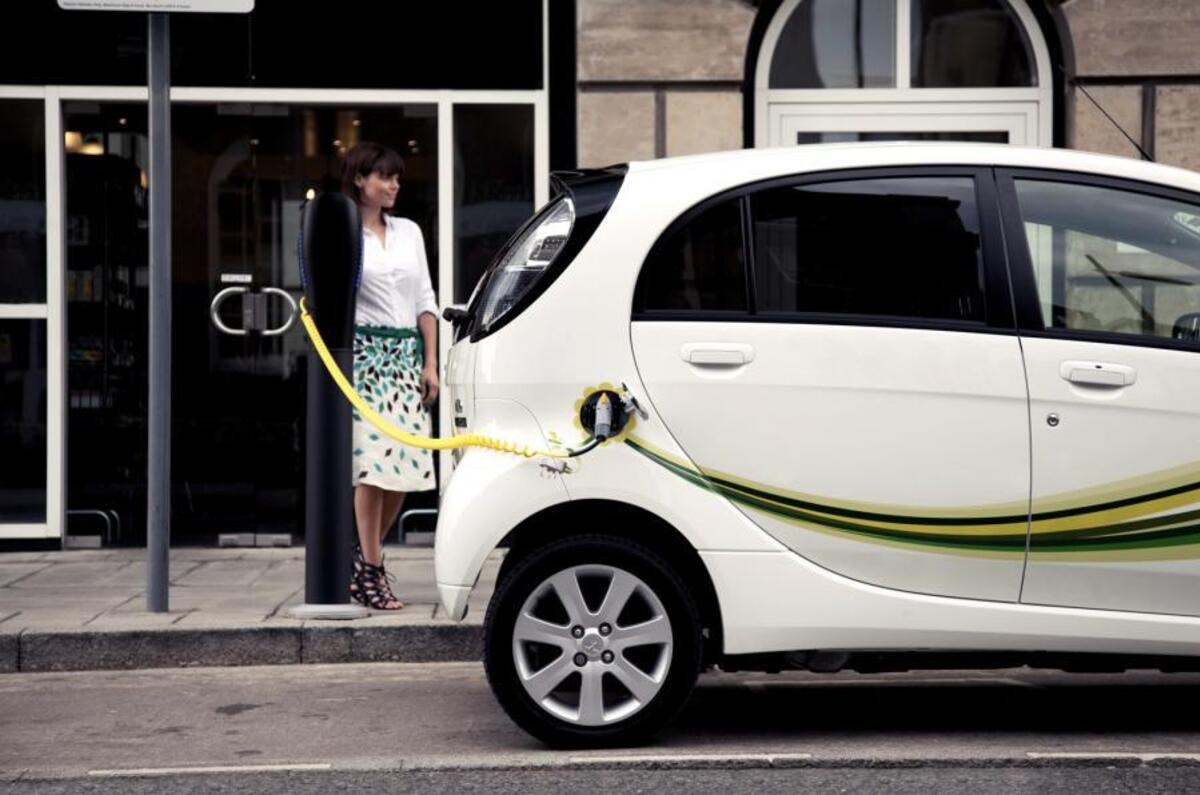London mayor Sadiq Khan is bidding to avoid a potential electric vehicle charger deficit in the capital with the launch of a new taskforce.
Khan’s newly announced Electric Vehicle Infrastructure Taskforce includes 16 organisations, with representatives from business, energy and infrastructure, as well as the Government and London boroughs, to focus on improving the city’s charging infrastructure.
The group’s arrival comes as the UK’s plug-in vehicle market has seen unprecedented rates of growth. Last month, plug-in car sales (including full EVs and plug-in hybrids) surged by 50%, pushing the UK electrified fleet beyond 200,000 vehicles.
UK electric motor firm Equipmake ready to become world's top supplier
Since London is home to the largest proportion of these plug-in vehicles, many industry experts have begun to suggest that not enough is being done to ensure they can be effectively supported.
Several recent charger schemes have seen the number of plugs in the capital grow, such as the arrival of 100 new chargers, which are compatible with the new LEVC TX electric London cabs. But with a ban on the sale of non-plug-in cars from 2040 announced by the Government, estimates suggest the UK will require 31.2 million chargers to be available by 2040 - although this includes chargers at home and places of work, where around 70% of electrified vehicle charging currently takes place.
Electric vehicles chould be given free parking in London, says report
So far, government-backed charger schemes in London have been handled by Transport for London. But the new London taskforce creates a specialist group that is designed to more efficiently roll out chargers in partnerships with companies from the private sector.
Khan said: “I’m delighted to launch a new Electric Vehicle Infrastructure Taskforce today, bringing together industry, businesses and the public sector to work together to deliver electric vehicle charging infrastructure in the capital. London’s filthy air is a public health crisis, and encouraging more Londoners to switch from diesel to electric vehicles is critical in tackling it.”
Khan emphasised the need for more co-operation between government and the private sector, stating that “we cannot do this alone”.
LEVC TX electric cab first drive
But a spokesman for Chargemaster, one of the UK’s leading charging point providers, recently told Autocar that more effective government regulations are also needed to make it easier and more cost-effective for local authorities to hire private companies to install plugs. They said that since government funding is "ringfenced for capital expenditure", local authorities are "essentially forced to purchase charge points" – something many can’t afford to do on a large enough scale.
As such, it is hoped that Khan’s new taskforce will be able to develop more streamlined regulations for charger installation.
Plug-in car demand has skyrocketed as diesel has rapidly declined. Sales for oil-burning models have tumbled by around a third in recent months, spurred on by new government regulations such as London's T-Charge (which requires the highest-polluting vehicles to pay an additional £10 to travel through the city centre) and borough-specific pressures, such as Hackney council's decision to only allow the cleanest cars into its most built-up areas.




Join the debate
Add your comment
Here’s an idea.....!
Can’t Roofs of Cars be made of a Voltaic material that convert Sun and light into electricity?, I’m sure these panels could be made as thin as tinfoil so as to be built into the Roof of a Car....?, then there’d be no need for as many charge points maybe....
Peter Cavellini wrote:
there won't be able to get enough panels on the car to do anything useful (yet). look at the amount on a house roof and an EV is a bigger user of power than a house. Thats why EV batteries that are no longer useful in a car are recycled into house batteries
EV Charge Taskforce
I will wait for the day someone drives off without disconnecting from the power point.Is it being suggested that only certain parking bays will have the power point?If so the scenario will be someone waiting for a recharge,battery almost flat while someone in front connects car,goes in for a meeting or lunch and you have a problem.You see all these schemes presuppose that all "electic V drivers"are totally aware of the limits of distance per charge,think again.It's a nivarana thought but a 50mile range can be very quickly used with,kids drop off at school,go shopping,go out to lunch,school pick up,forgot the milk etc etc,then pick up partner at the tube because it's snowing or raining buckets.It's like cycle lanes,they are never used when it's winter,winds,rain and snow,of course not I'll use the EV,but oh hell it's battery is flat,then I'LL have to use the Porsche.Oh happy days.
Gargae Man wrote:
You can't drive off still connected, there are safety systems in place to stop you driving off. I don't have the time to respond to the rest of your post that shows a lack of understanding how the new EV paradigm is going to work but the information is out there if you decide to research it.
Cancel this idea.
It is a complete waste of money.
max1e6 wrote:
Totally agree, another Quango, probably headed by some intellectual with no common sense, who rides a tandem with his significant other, and receives a massive salary for doing it.